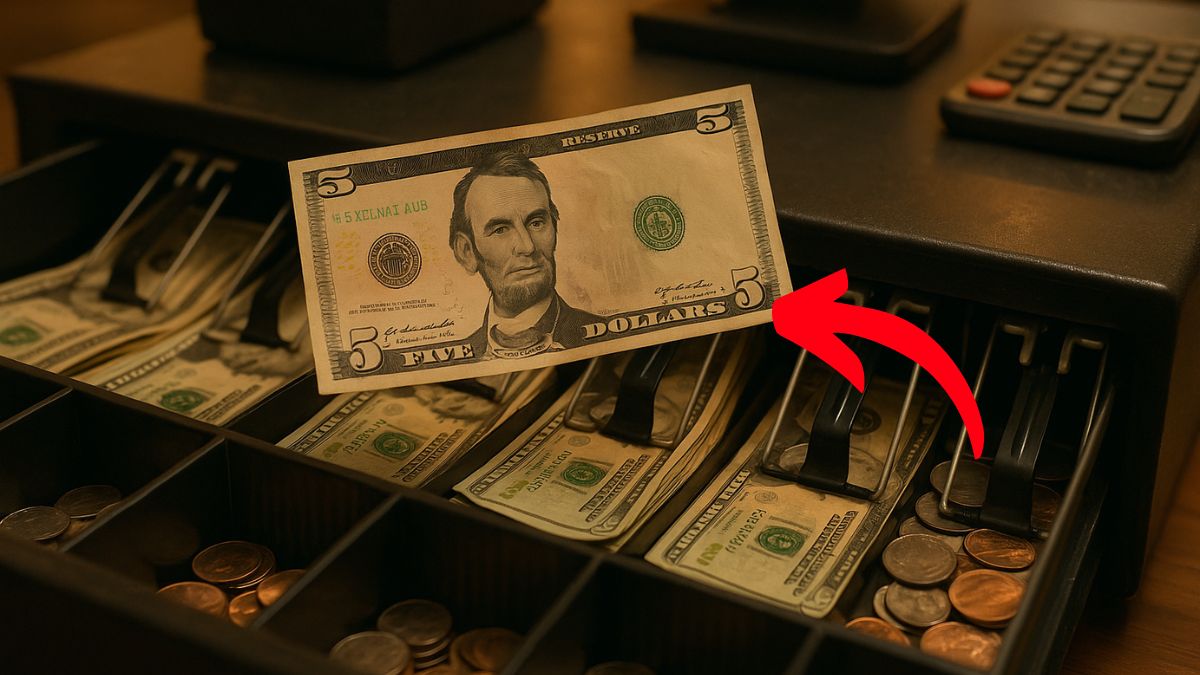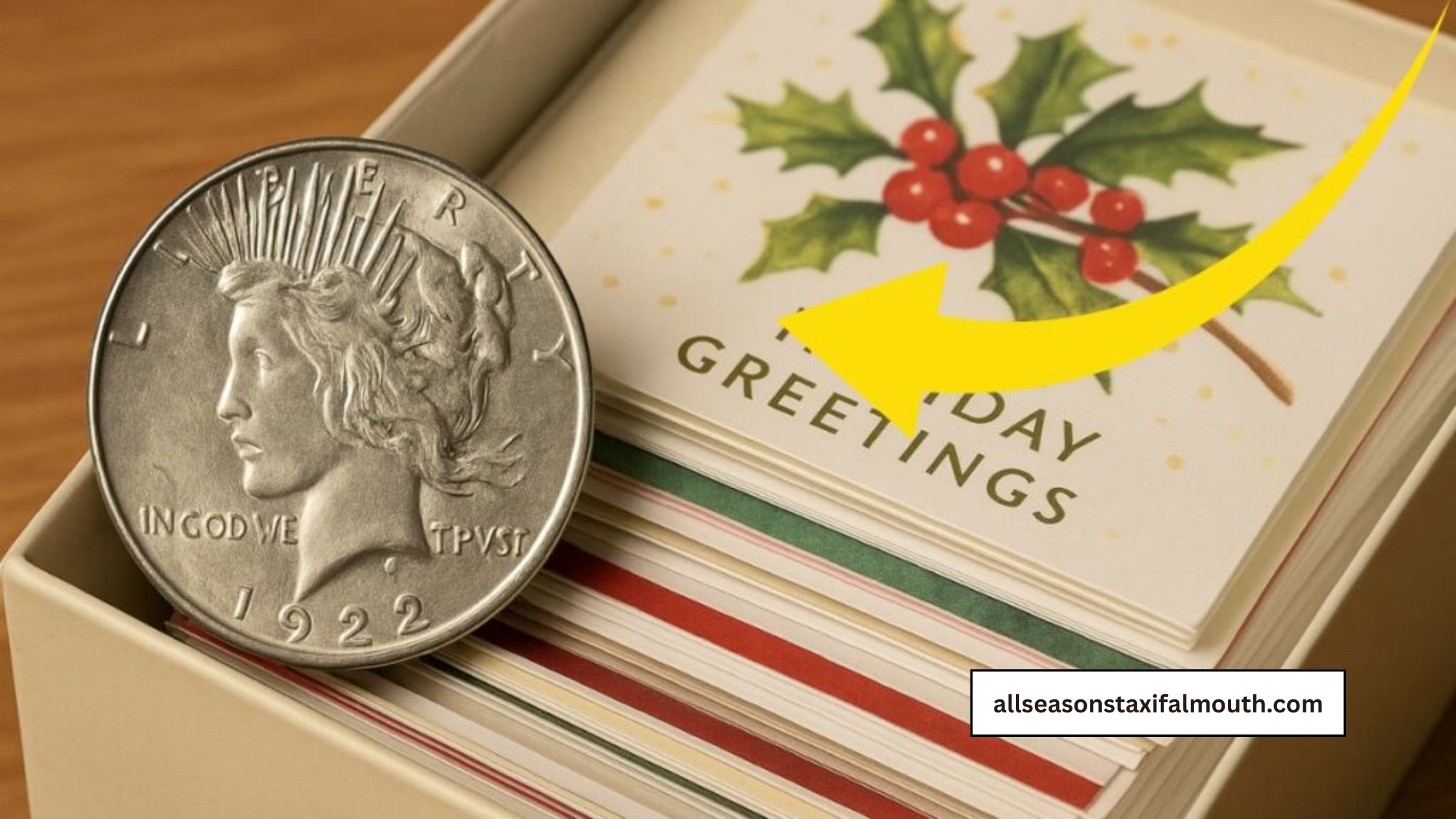$2,200 GST Credit Coming Early In Canada – What You Need To Know About The 2025 Twist
As inflation continues to strain household budgets, the Canadian government is stepping in with an early boost to the GST/HST Credit. Starting April 2025, eligible Canadians will receive up to $2,200 in total GST Credit support for the year — a combination of quarterly payments and an inflation-based top-up. However, there’s a twist: while the … Read more










